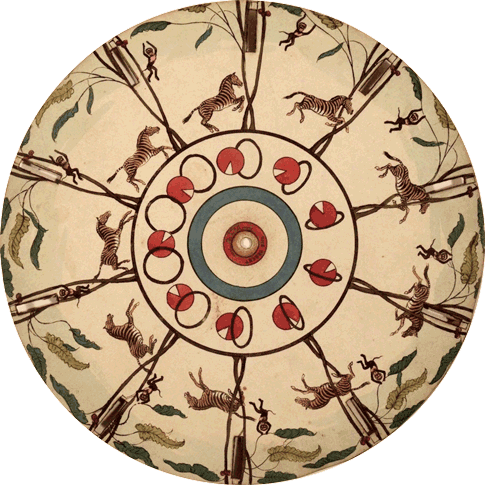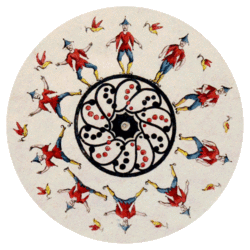Seeing Things:
Virtual Aesthetics in Victorian Culture

Did film-goers in 1895 really jump out of their seats when they saw a train speeding towards them on the screen? This origin myth of the first screening of Auguste and Louis Lumière’s film Arrival of a Train at La Ciotat tells us that when that iconic train pulled into the station and partially out of the frame, audiences ducked for cover as if they were about to be run over. The standard view in film studies today is that this moment never actually happened. Nineteenth-century media had trained these film audiences in what was at the time a new aesthetic principle: it taught them to see things that are not there.
Seeing Things: Virtual Aesthetics in Victorian Culture is a cultural history of virtual aesthetics before the arrival of that first train and with it, the beginning of cinema. Virtual aesthetics is my term for the aesthetics of visual or perceptual encounters with things that are not really there. This was the basis not only of cinema, but of popular nineteenth-century media culture that paved the way for the birth of film—magic lantern shows, stereoscopes, and other technological optical illusions that trained audiences not to fall for a cinematic trompe l’oeil. Between 1830 and 1900, “seeing things” was redefined as an enlightened mode of spectatorship and paradigmatic media aesthetic of western modernity. The concept of virtual images, or technologically mediated images that are visually perceptible but immaterial, also offered a framework for novelists seeking to describe the effects of reading on the mind. By tracing the development of virtual aesthetics through Victorian literature and media, Seeing Things rescues a vital period of visual, technological, and literary culture from its current status as a footnote to the history of film.

